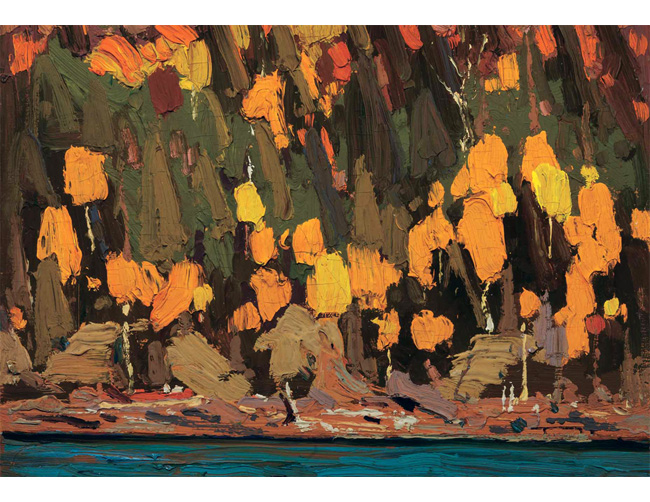Sunday, 21 June 2009
Children’s movies have changed so much from when I was one myself. The simple 2D animation have been replaced with 3D characters and settings. You can even watch entire movies with 3D glasses in select cinemas! Disney certainly has come along way since the Aladdin/Little Mermaid era, with stories that are not the traditional children’s tales, but capture that youthful imagination all the same, like its new movie, called ‘Up’. You may have already seen this movie, but what’s more interesting than seeing the final artwork is seeing the artwork during story development. Colour scripts are like less detailed story boards, capturing the desired mood visually. Here are some of Lou Romano’s (an Art Director at Pixar) colour scripts for ‘Up’:
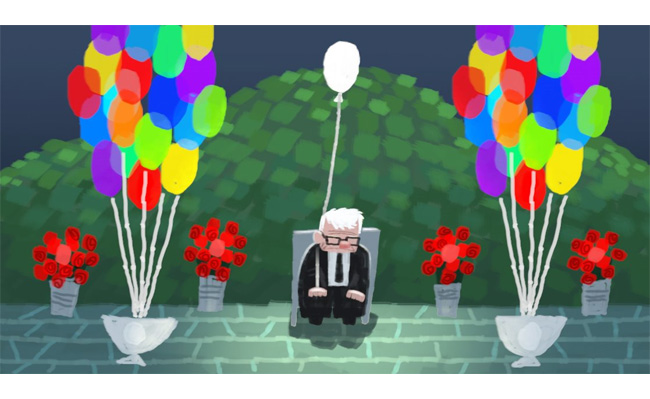
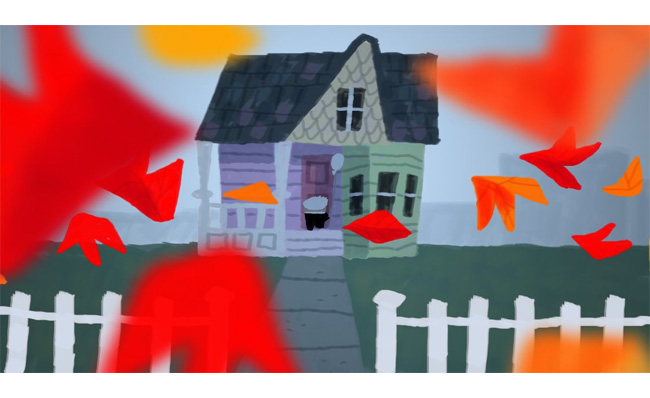
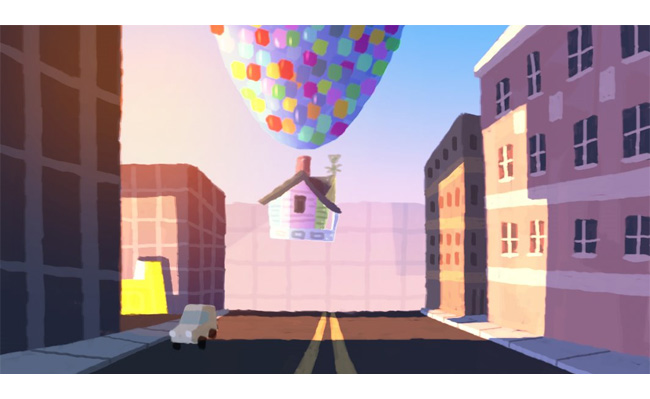
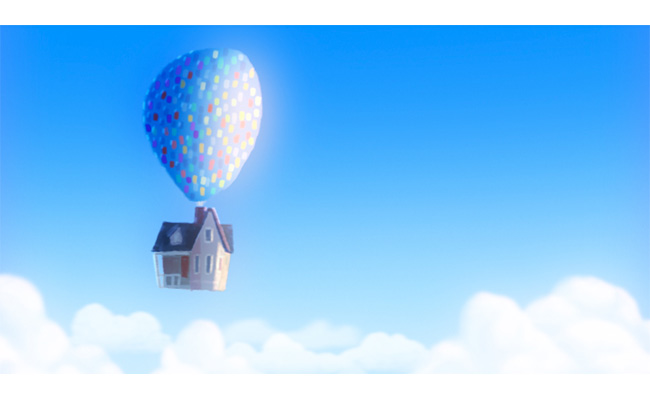
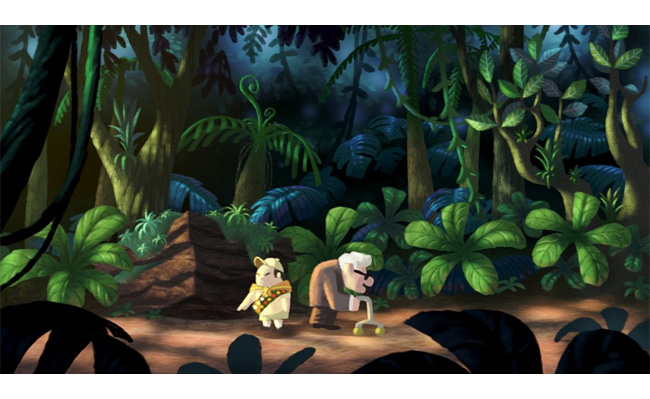
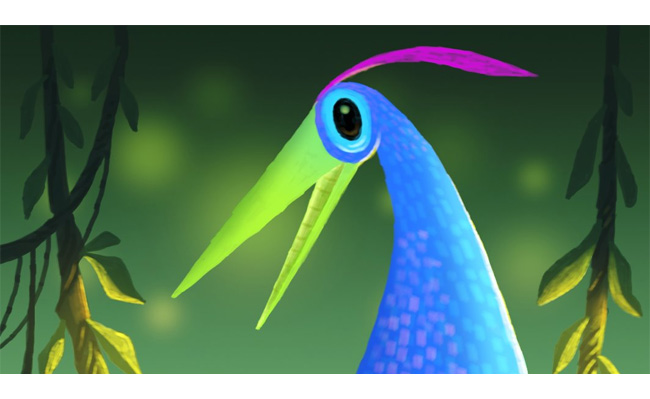
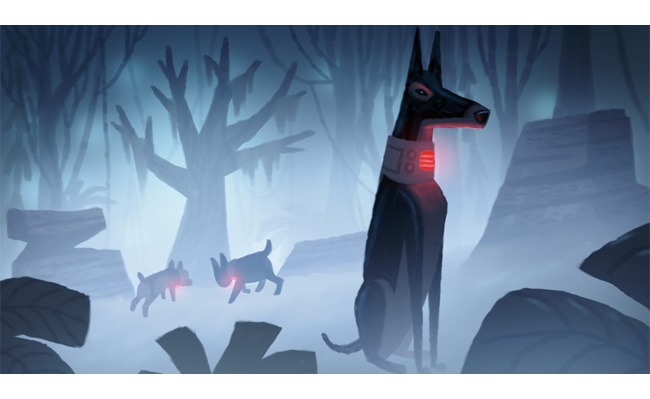
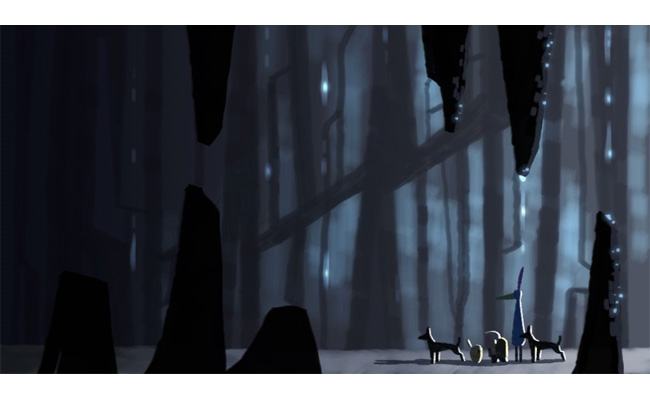
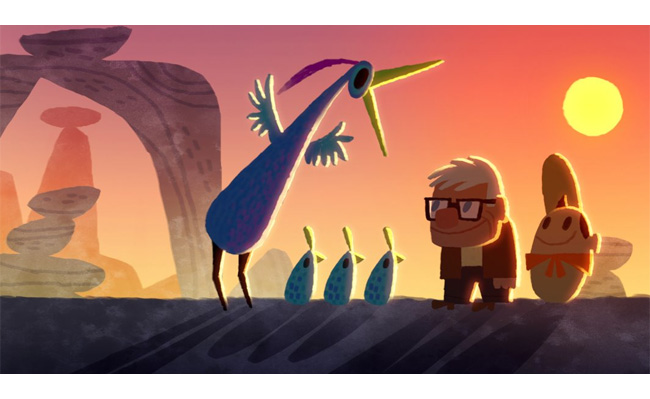
Up has already been released. You can view the trailer here and see how Romano’s artwork has translated into the final depiction.
Tags: Concept
Posted in Uncategorized | No Comments »
Friday, 19 June 2009
Tags: Art, Canada, Painting
Posted in Uncategorized | 1 Comment »
Thursday, 18 June 2009
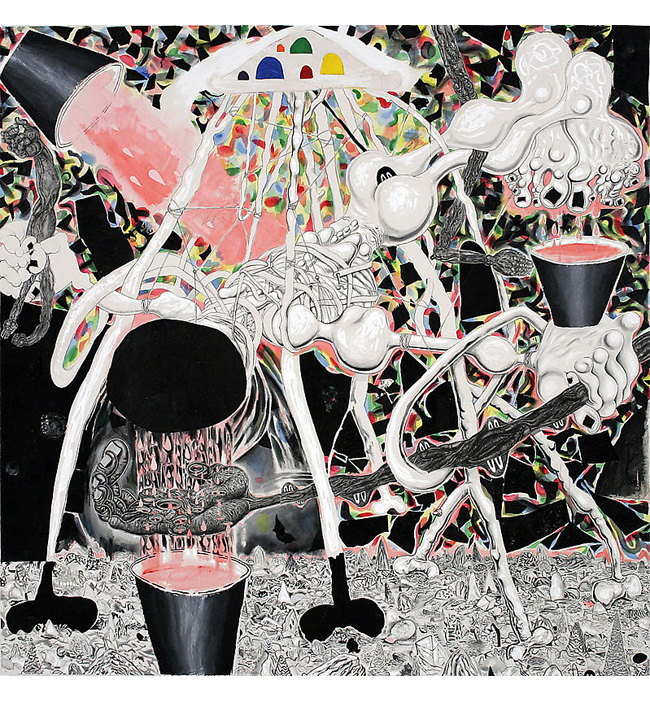
“Hancock is well known for evolving his absurdist narrative of the battle between good and evil executed across a wide variety of media that includes painting, collage, sculpture, print and the performing arts. The artist’s densely layered works incorporate text, drawing, collaged paper, plastic, felt, fur and paint to create a collision of symbols and visual tropes that evidence Hancock’s singular vision and distinctive means of storytelling.”
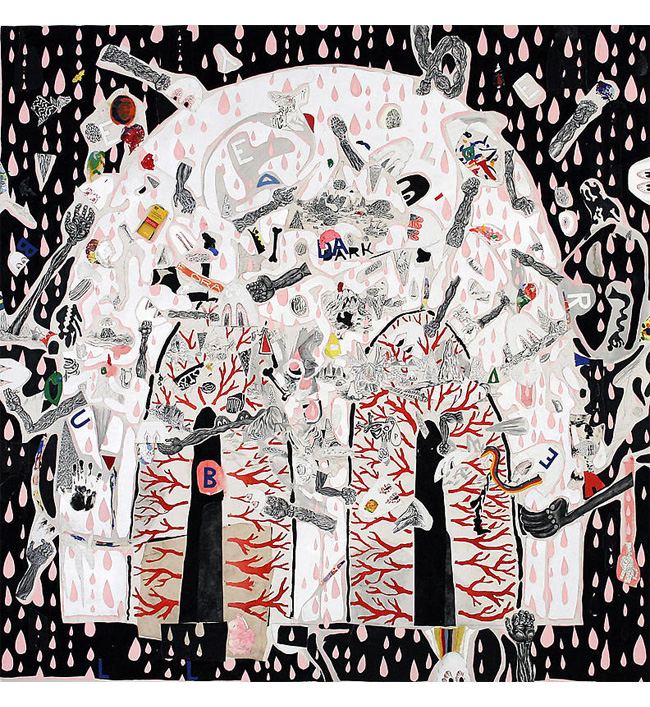
“[In this series], Hancock continues a retelling of his sprawling, epic battle between the forces of good, as represented by Mounds and their color-filled world, and evil, as embodied by the skeletal Vegans who live underground in a world of black and white. Peaceful creatures, Mounds survive on Mound Meat, a pink substance that once ingested allows all to experience a life of color. At the center of Hancock’s tale are two pivotal characters: Vegan leader, Betto Watchow, and enlightened Vegan prophet, St. Sesom, who introduces Vegans to the world of color. Betto views Sesom’s proselytizing as traitorous and fears his increasing power. In reaction, Betto launches an all out war against Sesom, his disciples, and the Mounds.” (James Cohan Gallery press release)
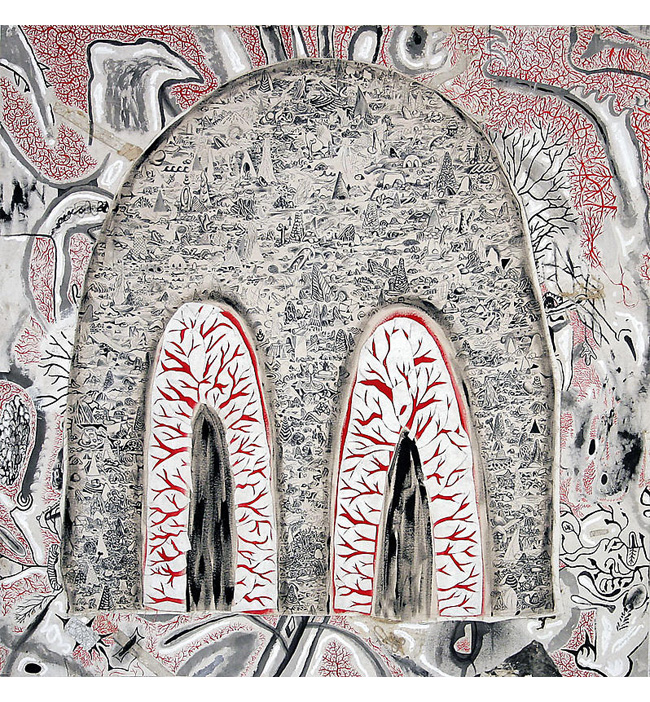
What it must be like to live inside Hancock’s imagination…
Tags: Art, Painting
Posted in Uncategorized | No Comments »
Wednesday, 17 June 2009
Igor Stravinsky was born on this day, in 1882.
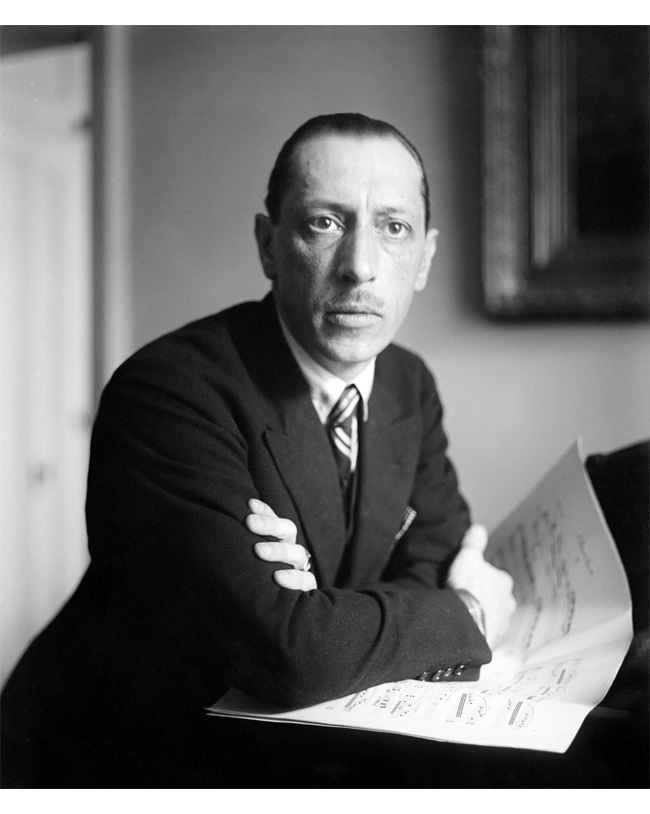
One of Time magazine’s 100 most influential people of the century, he was a composer of great stylistic diversity, first gaining international acclaim with his three ballet commissions (The Firebird, Petrushka and The Rite of Spring). He also published a number of books throughout his career, almost always with the aid of a collaborator, sometimes uncredited. In his 1936 autobiography, Chronicles of My Life, written with the help of Walter Nouvel, Stravinsky included his infamous statement that “music is, by its very nature, essentially powerless to express anything at all.” And, of course, he was also rumoured to have had an affair with the great Coco Chanel.
Information sourced from Wikipedia.
Tags: Tribute
Posted in Uncategorized | No Comments »
Wednesday, 17 June 2009
The concept of prefabricated housing has been around for a number of years now. It is an attractive idea: get your house - Ikea-style! However, it has never really taken off because the prices are certainly not Ikea-esque. Plus, many such models are done by architects with a propensity to use copious amounts of glass. The combination of glass, steel and wood is undeniably alluring - if you have a large area of land to nestle the house in. After all, privacy is, well, highly prized. You do not want to have your neighbours peering at you over dinner, and drawing curtains over such an monumental expanse of glass somehow feels wrong.
All this is, of course, not an issue if you have upwards of 2 million euros to spend on a luxurious Daniel Libeskind masterpiece - a villa:
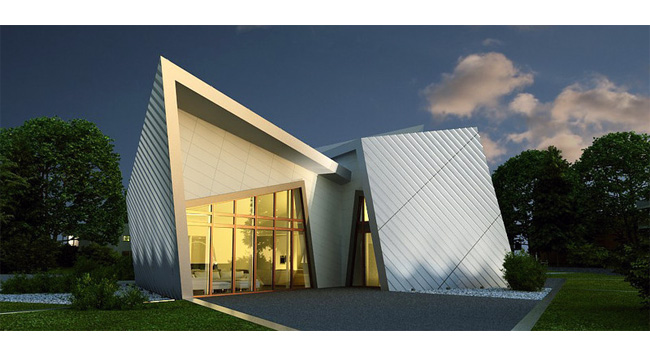
“Like a crystal growing from rock, a dramatic structure emerges from the ground. The Villa, Daniel Libeskind’s first signature series home, creates a new dialogue between contemporary living and a completely new experience of space. Built from premium materials, this German-made, sculptural living space meets the highest standards in design, craftsmanship and sustainability. It is unique at every turn, offering maximum insulation and durability, cutting-edge technologies and compliance with some of the toughest energy-saving standards across the world.” (Signature Series press release)
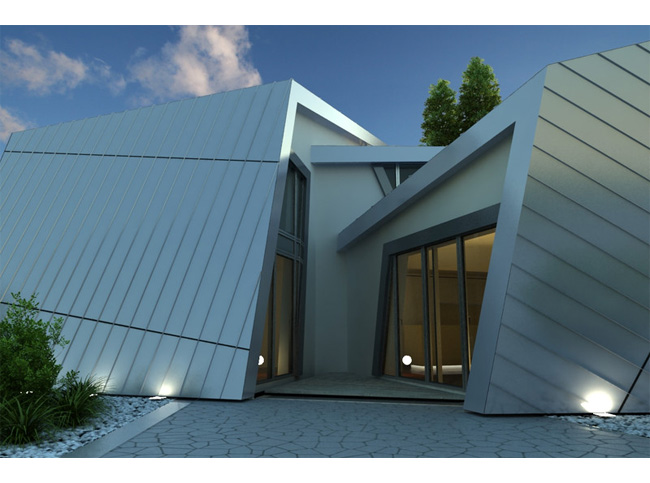
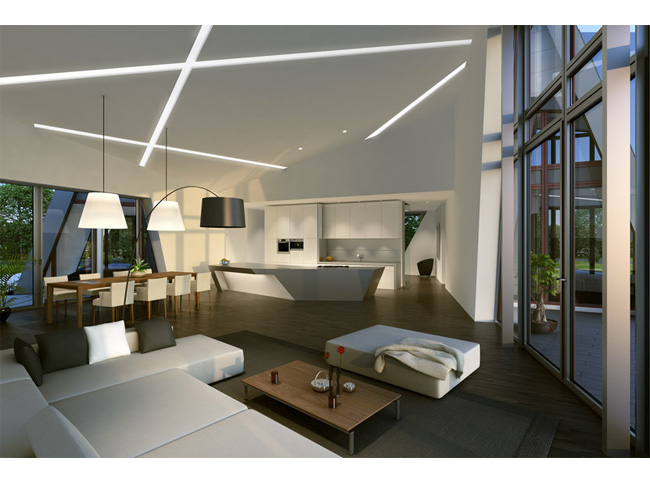
“Too often we celebrate great civic institutions… but actually architecture is how people live and how well they live. [This project is really] a total work of art… It’s not just designing a shell or something, or a shape that is iconic, but really creating an environment at every level.”
The villa design features the jagged edges and off-kilter shapes often found in his work. The idea was to “get away from the typical cubic forms, which result from a sort of tradeoff between architecture and production.” (New York Times)

Prefab may still be much more expensive than your regular cookie-cutter home, but offers you an architect’s vision, at a cost significantly less than directly employing the services of a starchitect like Daniel Libeskind - for your very own cookie cutter prefab home.
Tags: Architecture
Posted in Uncategorized | No Comments »
Tuesday, 16 June 2009
I recently undertook a project that involves illustration. Because I have not sketched in years (the extent of my sketches needed for my work includes just boxes and arrows), it took me a while to find that flow again. For inspiration, I looked up the stash of bookmarks I have on illustrators, collected along the way for this very purpose, and found John Wesley. Needless to say, I really like the minimal colour palettes, flat look and simple shapes of his work.

For almost fifty years, John Wesley has “created an unrelenting and remarkably singular body of work whose subject is no less than the American psyche. While many artists of his generation have used the popular image to explore the cultural landscape, Wesley has employed a comic strip-style and a compositional rigor to make deeply personal, often hermetic paintings that strike at the core of our most primal fears, joys, and desires.” (Chelsea Art Galleries)
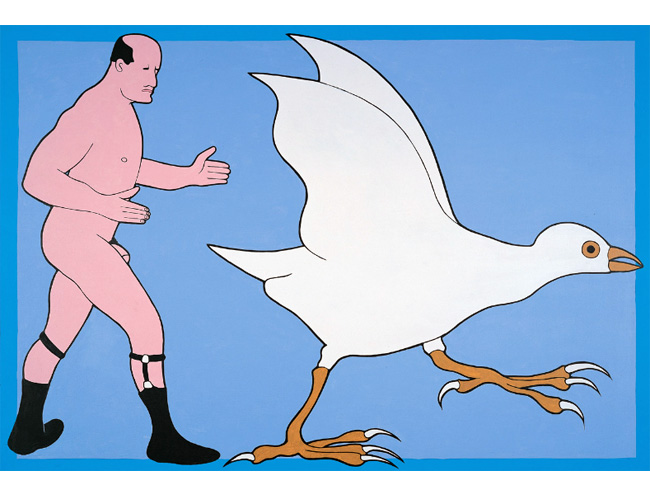
“The beauty of Mr. Wesley’s paintings is as much in the abstraction as in the imagery. The reduced palette of pinks, coral reds, black and sky blue; the sensuous flux of curvy contour lines; and the perfect fitting of large shapes into the rectangle of the canvas — combine all that with the tantalizing imagery and you have paintings that are nearly impossible to look away from.” (New York Times)
Tags: Art, Illustration
Posted in Uncategorized | No Comments »
Monday, 15 June 2009
I often visited museums when I was young as part of educational field trips. Like every other 10-year-old boy, my mind was more preoccupied with pranks than history. However, there were sections of the museum where I was afraid and would remain silent and obedient - such as the section on Malay customs including ‘bersunat’ (a seemingly painful circumcision done with barbaric-looking utensils not unlike the ones from your local dentist) - but there were sections where I would be completely mesmerised, immersed in the sea of phographic evidence of Malaysia’s rich and colourful history. Today, I stumbled across a whole series of photographs that really reminded me of my childhood:
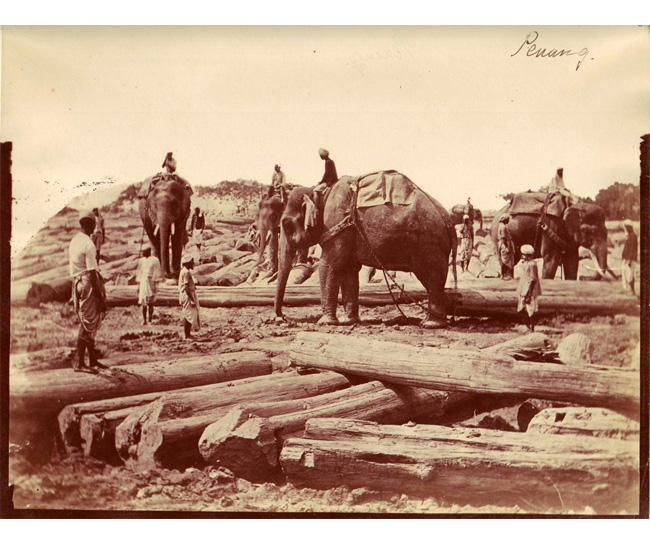
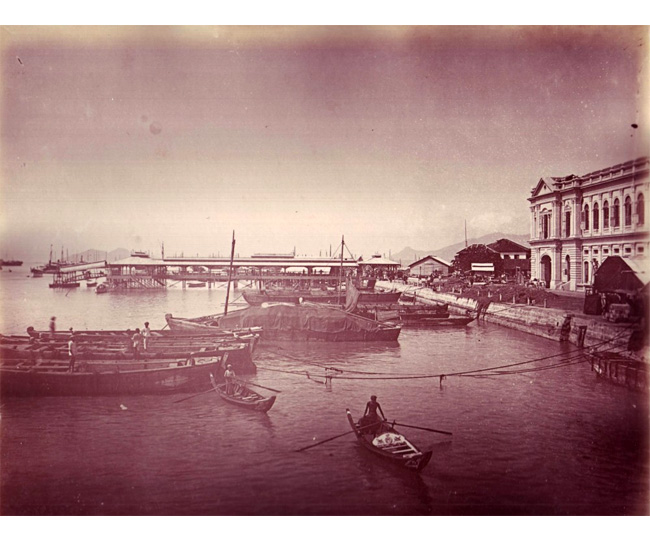
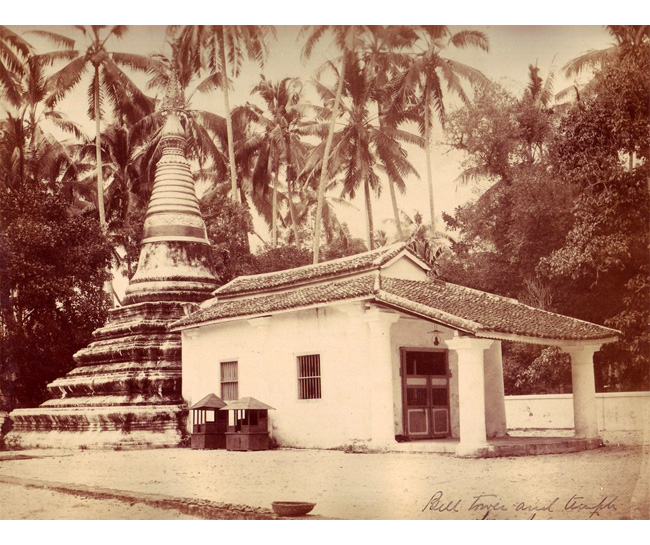
Tags: History, Malaysia
Posted in Uncategorized | No Comments »
Monday, 15 June 2009
I really do not know much about Jessica Eaton’s work, other than the fact that this series looks absolutely smashing! It just goes on to show that experimentation, abstraction and randomness can be compositionally compelling, especially when viewing her body of work in the whole and relating it to subjects that we can easily discern and recognise, such as the one of the fireworks below.
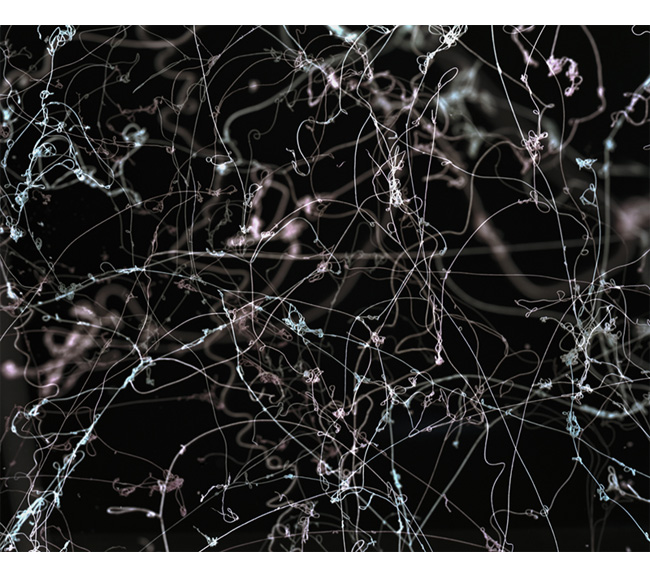
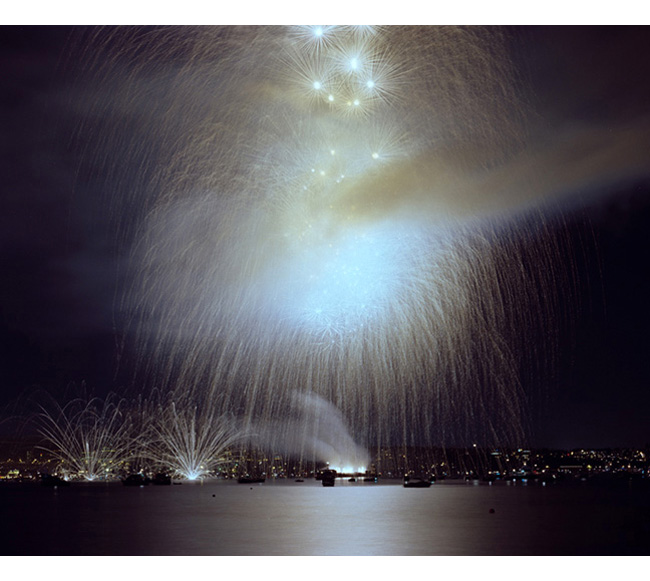
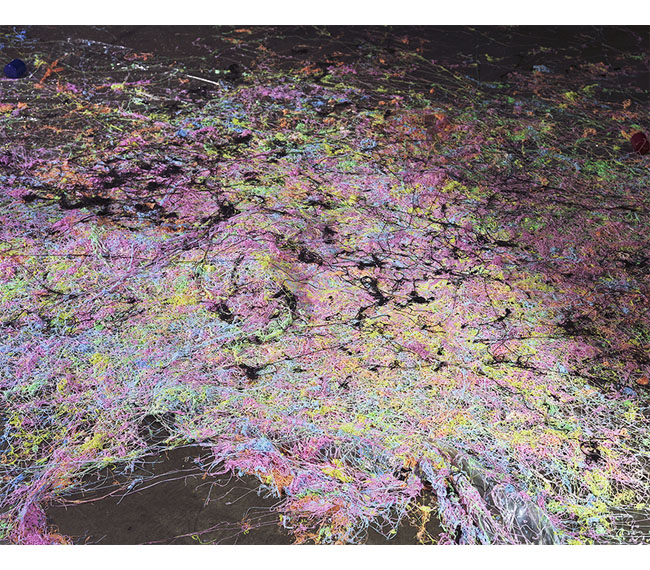
Tags: Canada, Photography
Posted in Uncategorized | No Comments »
Sunday, 14 June 2009
It is no secret that scale can create powerful drama. One of the installation projects I created in school was based around repetition and scale. Banal items of everyday life, when grouped in the thousands, compels our reconsideration of their relevance around our lives. Much in the same manner, Ron Mueck’s hyper-realistic sculptures amplifies human emotions and situations, forcing one to reconsider the relationship that we all share with one another:
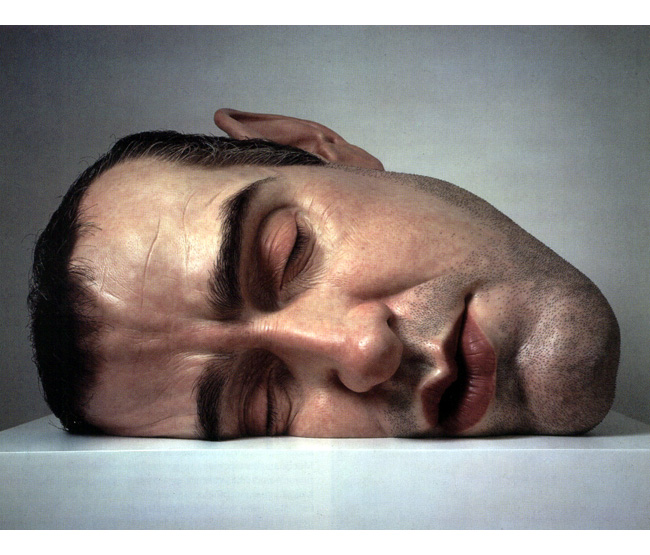
“Ron Mueck does two things very well: he gets under the skins of his hyper-real figures, and he uses scale to expose vulnerabilities. [There is] a supine newborn baby the size of a small bathroom, its fetal blood not fully wiped away and its umbilical cord dangling like a thick, twisted rope. Each figure’s eyes mirror his or her soul. [There is] a hairy nude giant with crossed eyes seems fearful of something small. [There is] a woman the size of a Manhattan bedroom stares over the covers of her oversized bed, unready to face the day. [There is] a black man’s giant round face exudes ambition and, perhaps, frustration. [There is] a naked couple curled, spoon-style, against each other, sharing their warmth but not their thoughts.” (James Cohan)
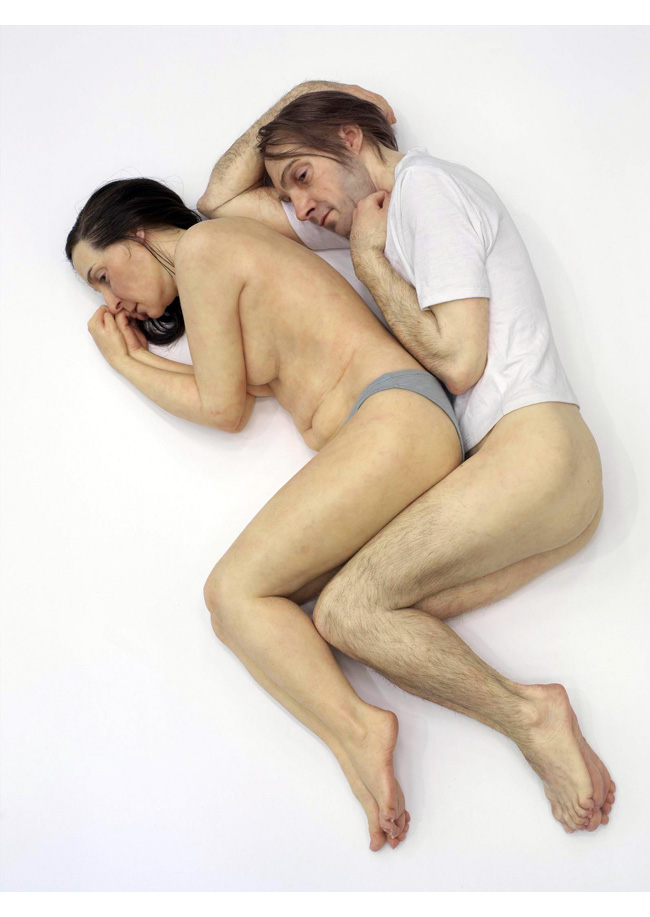
“It is not that we identify with the figures; rather, we wonder who they are and how they are going to resolve whatever dilemmas they seem to face. We empathize. Since scale and size vary throughout Mueck’s work, viewers have off subconscious relations to the spatial displacements between the sculptures. We approach the large ones as though they were giants, even though most of them seem unsure of themselves. Some small ones seem less fragile. Mueck reverses our usual notion that larger is stronger and smaller is weaker. The baby compounds this direction by being huge, strong, and fragile all at once. It is built like a tank, but the unfocused and inward eyes reveal that it cannot serve its own needs. Mueck’s visceral figures engage viewers in what ends up being a philosophical investigation of the human condition.” (James Cohan)
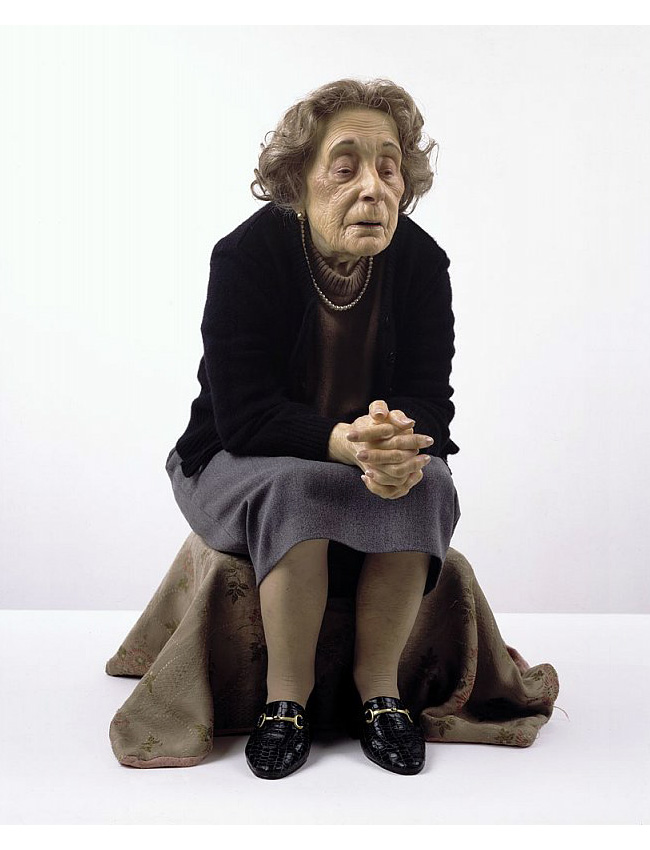
I think the main reason that Ron Mueck’s work is so powerful and affecting is that they all convey themes and feelings that we all understand - anxiety in life, fear of death, unexplainable and illogical phobias, that inherent need to be loved and accepted, the slow burning of desire - these are all emotions that we all can relate to in one way or another. And they become ever more so relatable when projected through massive depictions.
Tags: Art, Sculpture
Posted in Uncategorized | No Comments »
Friday, 12 June 2009
As I age, I find myself getting increasingly more interested in history. I didn’t grow up in Vancouver, so the only history I know of it is through textbooks. However, textbooks do not offer personal accounts, of which I am even more interested in. Living life, especially through years before I was even born, through someone else’s lens is very intriguing and inspiring - the allure of it just makes my heart race lets my imagination fly. So, imagine my excitement when I came across David Wisdom’s (yes, the radio host!) new exhibition/slide show of Vancouver (even depicting a few buildings that I actually recognise!) in Simon Fraser University last Friday.
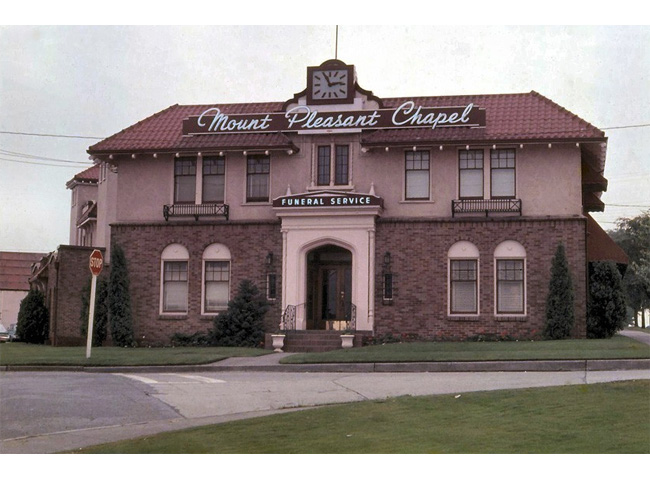
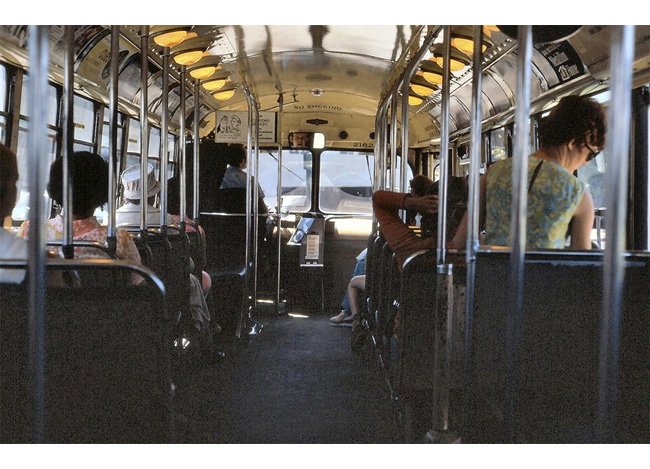
The series shown on Friday was, unsurprisingly, a visually arresting and endearingly nostalgic - chronicling “Vancouver’s architecture, fashions and foibles across the decades. Wisdom’s self-deprecating commentary was lapped up by an enthusiastic audience that included many friends as well as fans of his radio shows.” (Globe and Mail)

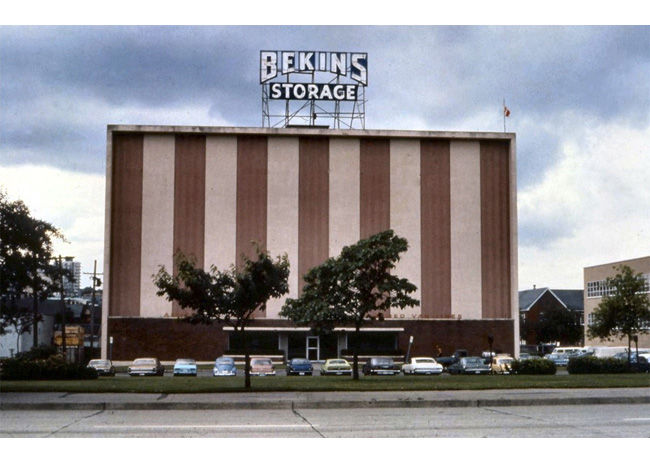
The exhibition will continue running until August 29 in Simon Fraser University’s Teck Gallery.
Tags: Canada, History, Photography, Vancouver
Posted in Uncategorized | 1 Comment »











